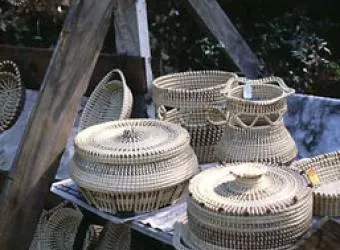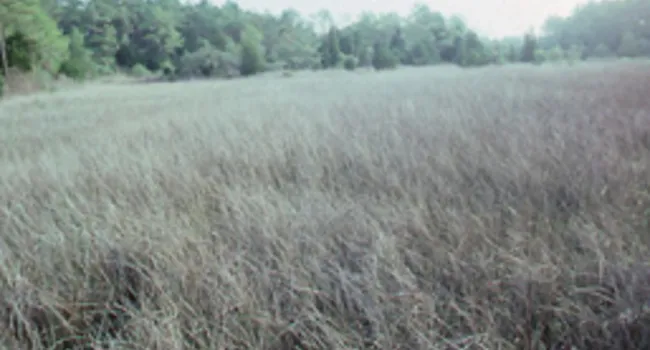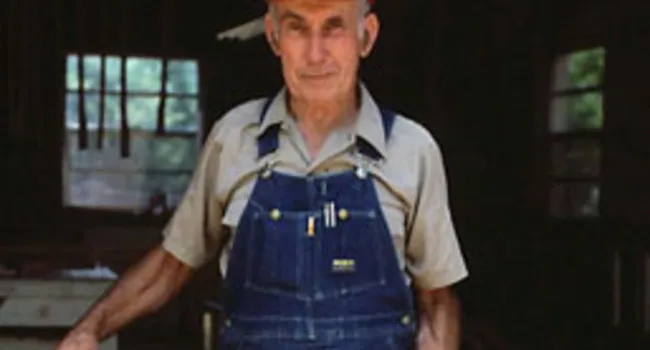
Audio
Leroy Browne explains that pine needles in the area are the short needle pine and are not that good for basketmaking.
Basketmaking in South Carolina reflects the blending of Native American, European and African traditions to create two predominate types of baskets - the coiled baskets of the Lowcountry and woven baskets of the Piedmont and Blue Ridge. Native Americans used river cane to plait baskets, mats and fish traps. Europeans maintained Old World techniques and forms, adapting them to new materials like white oak to weave their harvest baskets and clothes hampers. On the coast, enslaved Africans brought their knowledge of rice production and introduced coiled basketry using local sweetgrass, bulrush, palmetto, and pine needles. Today, traditional basketmakers have adapted their forms to a changing market and most baskets are made for decorative use.
Content is provided by McKissick Museum, University of South Carolina.
For further information about any of the artists featured on Digital Traditions, send your questions and comments to hallagan@mailbox.sc.edu.

Audio
Leroy Browne explains that pine needles in the area are the short needle pine and are not that good for basketmaking.
Audio
R.C. Hagan talks about his experiences with making molasses.
Audio
Leroy Browne explains how the bulrush was dried, but the palmetto was kept green.
Audio
Leroy Browne explains the modern restrictions on gathering bulrush. He can no longer freely go in the creek and marsh to gather materials since the lands are protected.
Audio
Mabel Hagan Is an accomplished quilter. She is pictured with a “Save All” quilt. The rop was made by her grandmother and was given to her as a wedding present. Five or six years later, she and her...
Audio
Leroy Browne explains the story of how baby Moses was found in a bulrush basket.
Audio
R.C. Hagan talks about how they use to can their food and how that changed when freezers came along.
Audio
R.C. Hagan talks about how his mother made soap out of meat scraps and ashes.
Audio
R.C. talks about the way he prepares and cooks venison (deer meat).